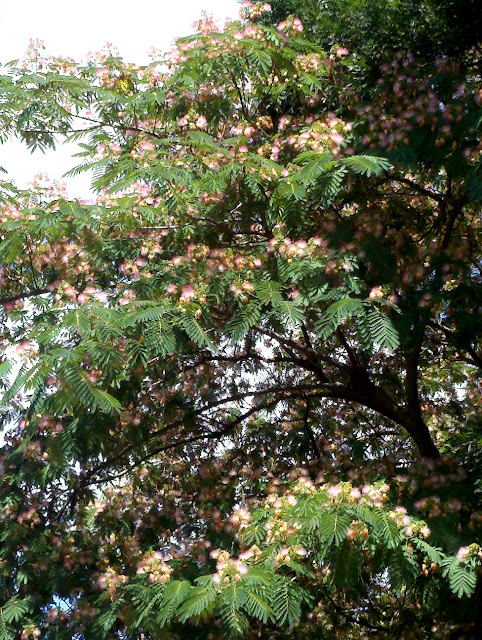“Ok Mother Nature, you’ve had your fun. Time to move on.”
So read the tweet from a Bakersfield resident and writer whom I follow on Twitter. Accompanying her complaint was a photo of the thermometer in her back yard. The needle touched 100 degrees – a low-end-of-normal temperature in the good ol’ summertime, but mid-September?
The Age of Aquarius, the golden era of happy, hopeful water-bearers, dawned here in California, but the heart of the hippie movement was in foggy, soggy San Francisco. Frank Sinatra’s tramp who hated California for its cold and damp obviously never left the coast.
It’s supposed to be hot and dry here in the Valley, but even the natives and the fully acclimated recently started complaining about it. Some freak high pressure system was keeping the Valley cooking on “high” beyond the normal summer expectations. Temps have just started to cool off a bit – today’s expected high in Visalia is 93. That seven degrees will make a big difference in our electricity bill.
But there is one huge advantage to a hot, dry climate, one I never anticipated when I demanded a backyard pool as a major condition for moving here: scooping doggie delights off the lawn.
I did that off and on for twelve years on our Nebraska farm, and solidly another five years before that in Fredericksburg. In Virginia, forget it, the humidity and rain keeps the stuff soft and pungent. Picking it up requires full hazmat gear.
And no tiny dog for me, with little raisin droppings. I had a German Shepherd-Golden Retriever mix, a big, powerful dog with big, powerful poop. There’s nothing like a brisk walk to stimulate a dog into letting it go. To gather it up, I used the long plastic wrappers that swaddled my Washington Post when it hit my doorstep every morning, swapping one bag of BS for one of DS. Today, they call that “repurposing.”
Jello, my Virginia dog, had a thick, gorgeous red coat well-suited to Nebraska winters. She did her business at first close to the house, requiring a couple months of picking up after her, but once she realized she had the run of 160 acres, she chose remote locations in the pasture and along the gravel road.
Tough winter weather forced her closer to home once in a while, but temperatures that occasionally bottomed out around -20F froze those biscuits solid. Cleanup was just picking up chunks of black ice.
Blue, our current and much-beloved mutt, eventually came to the same realization as Jello, and let it go out in the pasture. During the car trip to California, I was a little apprehensive about getting him to do his business on a traveling schedule. This dog had little notion even how to walk on a leash, never mind poop on command. Turns out Mother Nature takes care of these things and we had no trouble during the trip.
I wasn’t wild, either, about the prospect of daily cleanup from the fence-enclosed quarter-acre that is our Visalia estate. Blue was reluctant to mess his close environs, but once he did, we both had an astounding revelation: Here in the Valley, cleaning up doggie dump is an entirely different matter. Literally. The stuff desiccates super-fast in the hot, dry air of the Valley, and turns into chalk within the space of a few hours in this near-desert climate. Step on it, and it crumbles and blows away. Collecting it and disposing of it is hardly the offensive chore it used to be.
You can keep your Age of Aquarius. Let the sun shine.








